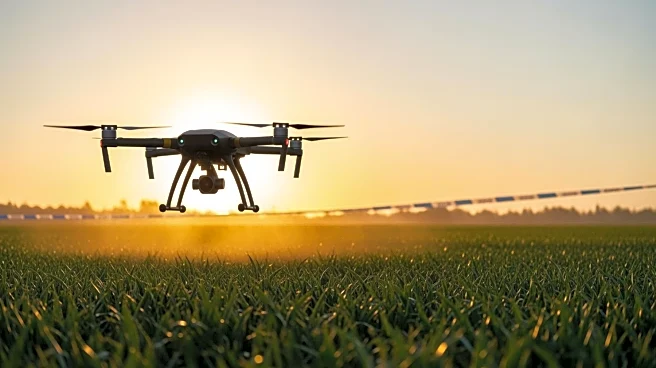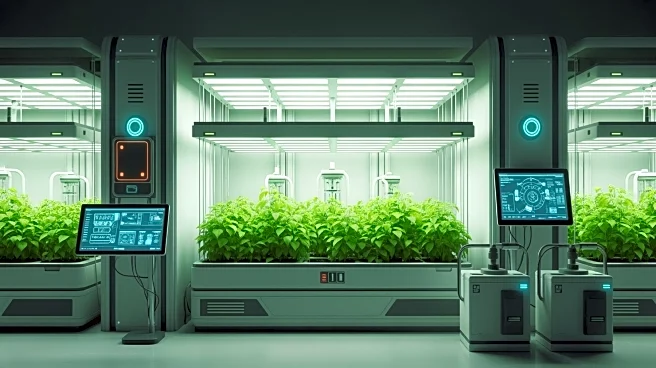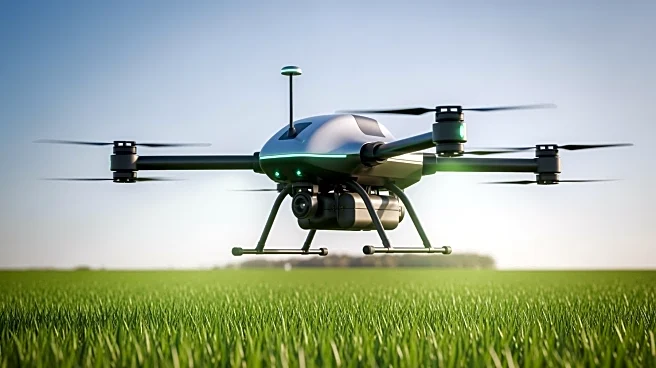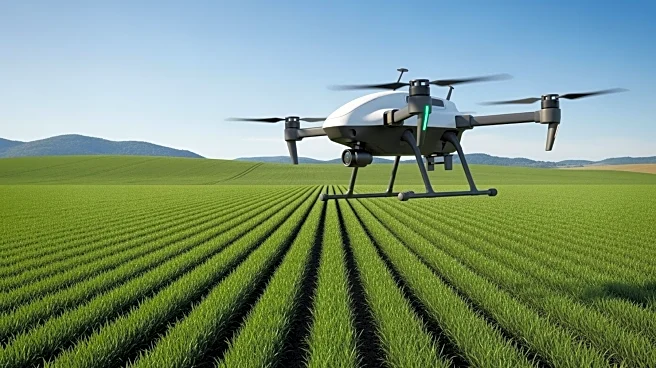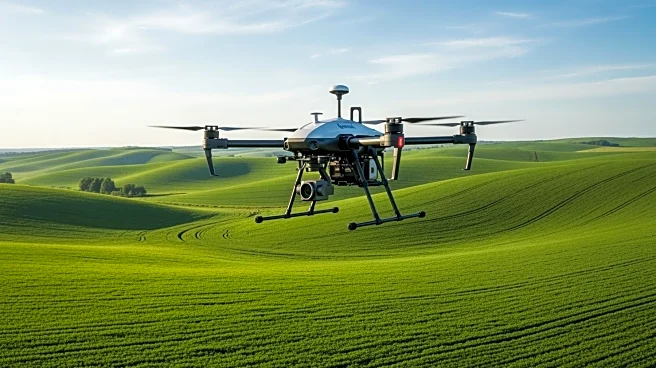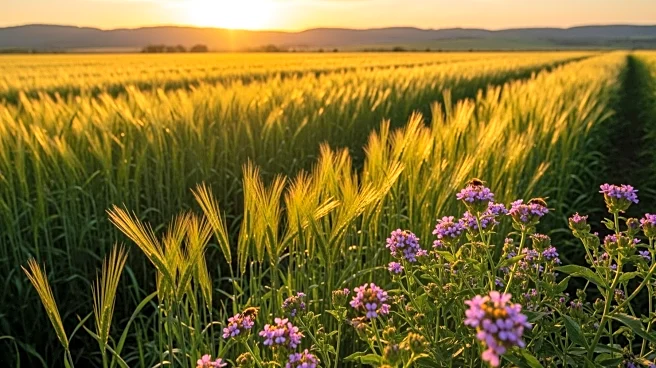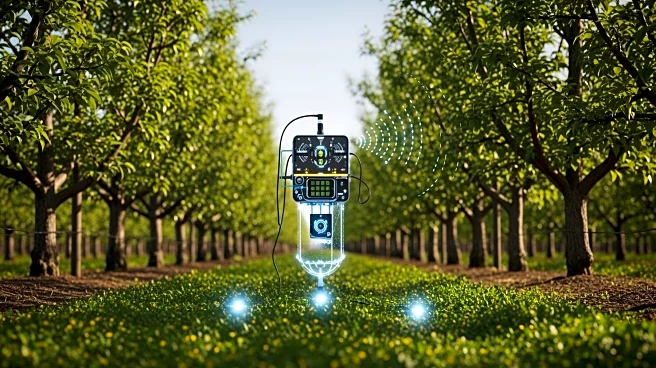What's Happening?
The Digital Twin Agriculture Platform market is projected to expand significantly, with a compound annual growth rate (CAGR) of 22.90% from 2025 to 2033, reaching 5.4 billion by 2033. Digital twin technology
creates virtual replicas of farms, crops, or livestock systems using IoT sensors, satellite imagery, and AI analytics. These platforms simulate environmental conditions, crop growth, and resource usage, enabling precision farming and improved decision-making. Major manufacturers such as John Deere, Bayer CropScience, and Siemens are involved in the market.
Why It's Important?
The growth of the Digital Twin Agriculture Platform market is significant for U.S. agriculture as it represents a shift towards precision farming and sustainable agricultural practices. By optimizing irrigation, fertilizer application, and pest management, farmers can enhance yield while reducing environmental impact. The adoption of digital twin technology can lead to predictive insights, risk mitigation, and real-time monitoring, which are crucial for addressing the challenges of climate variability and resource utilization. As the demand for sustainable agriculture increases, the market is poised for further expansion.
What's Next?
The development of farm-level digital twins integrating soil, weather, and crop data is trending, with AI-driven simulation for yield forecasting expanding. Integration with satellite and drone imagery enhances modeling accuracy, while the use of blockchain for transparent agri-data sharing is growing. Cloud-based analytics platforms enable scalability, supporting the adoption of digital twin technology in agriculture.
Beyond the Headlines
The market faces challenges such as high costs of sensors and connectivity, limited digital literacy among farmers, and unstable internet connectivity in rural areas. However, government incentives for agri-tech innovation and the need for sustainable resource utilization are driving technology deployment.



